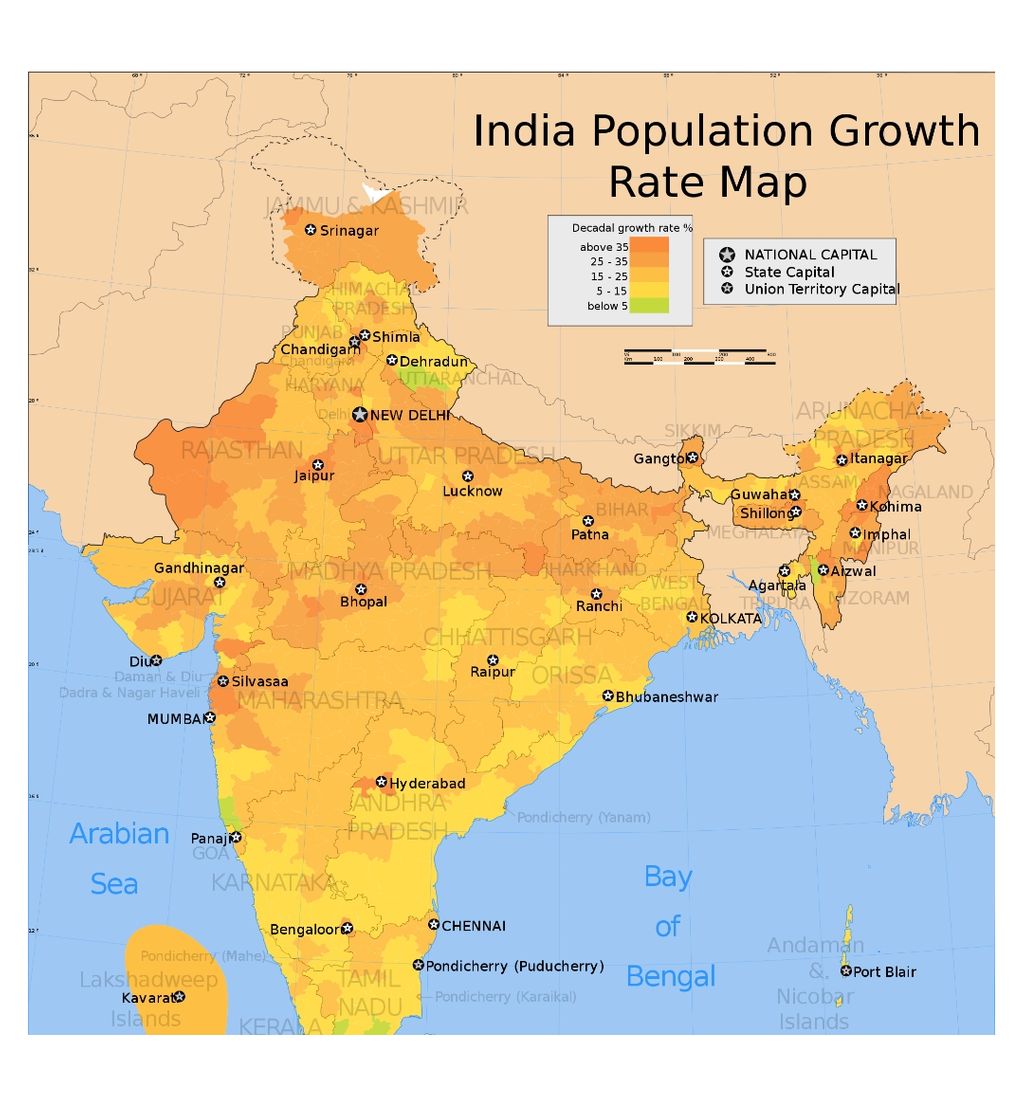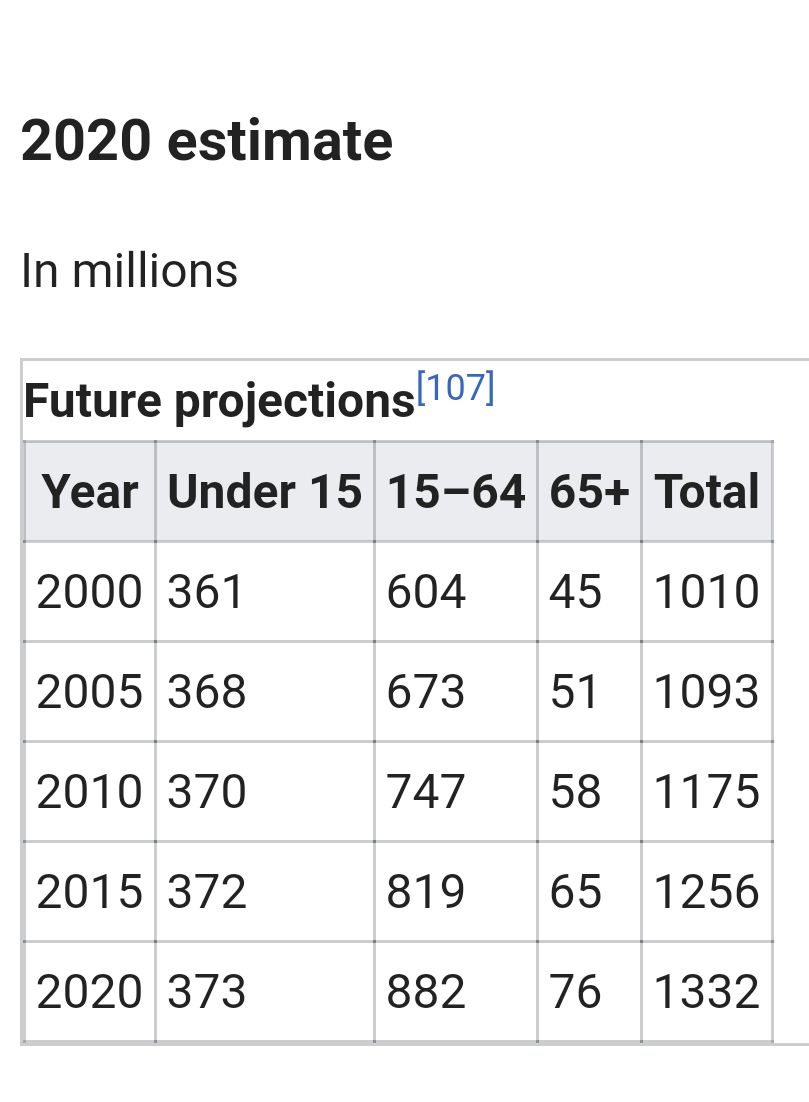Population In India
Jun 30, 2019 • 15 views
Everyone knows that India is the 2nd most populous country in the world with the current population being 137 crores and no doubt it could even top the list after surpassing China and the other countries within a couple of decades if the birth rate in our country continues to be the same. The population of our country contributes to 17% of the total population of the whole world. It is estimated that India’s population will be approx 1.68 billion by 2050s.

The population of our country is estimated to be unevenly distributed over the 3.28 million sq. km of area. Almost half of the India’s population is constituted by five most populous states of India namely Uttar Pradesh, Maharashtra, Bihar, West Bengal and Andhra Pradesh. States like Uttar Pradesh having population of
200 million while of Lakshadweep (a union territory) is of mere 60,000. This uneven population density depend upon a number of factors. States having plains and coastal areas in their territory have the highest population while the states of hilly terrain like that of Himachal Pradesh and Assam have lower population as well as lower population density.

Population depends on a various factors like
• Birth rate
• Death rate
• Migration
Internal (between states)
International (between countries)
• Govn. policies
If Birth rate > Death rate = Population Growth
Birth rate < Death rate = Population Decline
When international migration is much, it affects the population density of the particular area.
If government policies are in favour of the survival, easy going life and public supportive then it increases the population. Such policies may be good medical facilities, low tax, safety of public, quality education, safe drinking water, hygienic living conditions, etc.
As far as age composition is considered, it is divided into 3 main age groups:
Below 15 years (children)
15-60 years (working class)
Above 60 years (aged)
India is lucky to have most of the people in working class and in that too maximumpopulation lies below the age group of 30 years i.e the young people. It is said that almost 70% of the total population of India is below 30 years of age. That’s why India is known as the youngster’s country in the world.This young generation is having its own pros and cons. If this young generation is contributing in its country’s growth and is proving itself as an asset then increase in crime rates in the country as rape, robbery, rash driving is also due to this young generation(in most of the cases).
Sex Ratio
It is determined by number of females per 1000 males. It shows the nature and thinking of a particular area or State and thus of the whole country by understanding the male and female equality in the society. States like Kerala and Pondicherry have the highest sex ratio while that of Haryana has the lowest.
Literacy Rate
This is the most important characteristic of any population (in my views).This decides the future of the country as most of the developed countries have the highest literacy rate. Government should also focus on the higher literacy of children of our country as they are the future of our country.

This was all about the current population of our country. As we have our census every 10th year so we will have to wait for the new stats for at leasta year or two.
